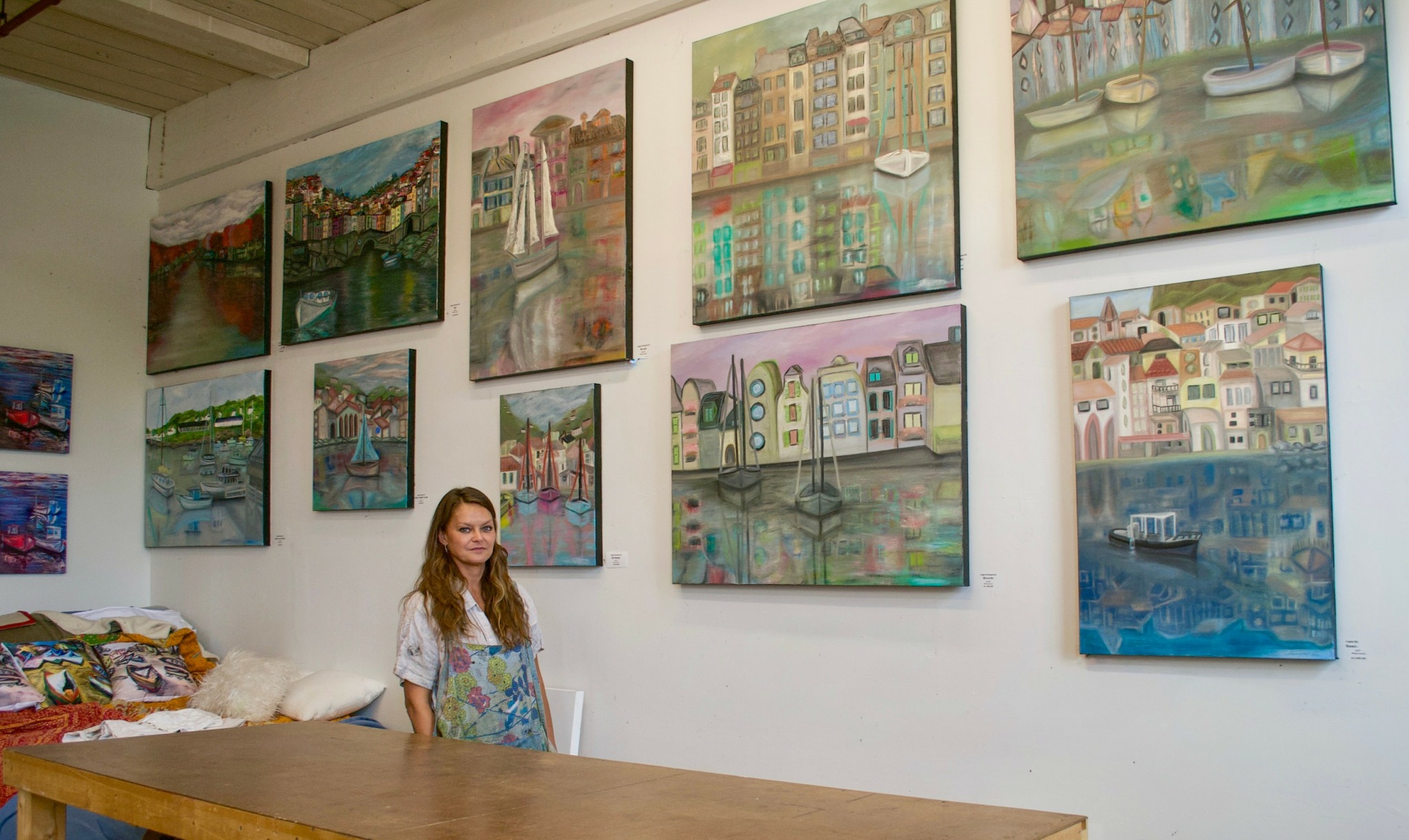We’re excited to introduce you to the always interesting and insightful Logan Kirkpatrick. We hope you’ll enjoy our conversation with Logan below.
Alright, Logan thanks for taking the time to share your stories and insights with us today. When did you first know you wanted to pursue a creative/artistic path professionally?
I knew in high school that a creative path would bring me happiness and fulfillment. It felt less like an option and more like a calling. But at the time, I was discouraged from trusting that instinct. I was convinced that a more ‘logical’, academic, business-focused path would guarantee me greater stability and security for my future.
So I followed that advice. I earned a BS from Northeastern University and began a demanding consulting career after graduation, which took me from Boston to New York City. On paper, it was everything I was supposed to want. But inside, I knew I had silenced something essential.
And then everything stopped.
Illness took me out of the corporate world entirely, and I spent years bedridden, watching life move forward without me. It was when illness forced me to stop working — I realized the weight of what I’d been ignoring. And when I slowly began to recover, I understood I didn’t have a choice anymore. Whatever time I had left, it had to be spent pursuing the creative whispers that had been calling me for years. I had already seen what life looked like when I ignored them, and I wasn’t willing to waste another moment living out of alignment. I owed myself that.
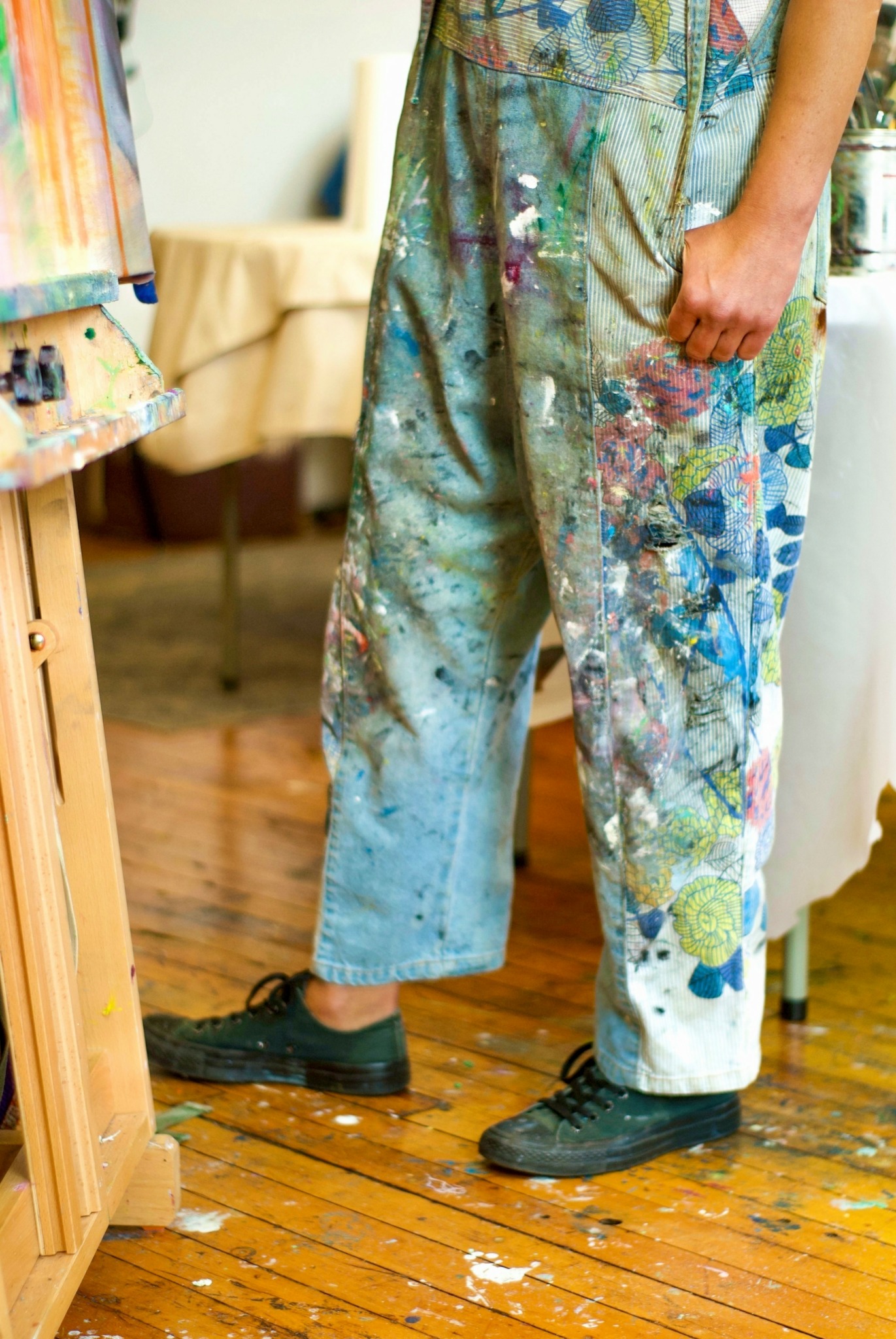
Awesome – so before we get into the rest of our questions, can you briefly introduce yourself to our readers.
I grew up beside a quiet New England lake, where the reflections of boats, houses, and trees became my earliest teachers — showing me that quiet holds stories and solitude can glow with life. My artistic journey began in those seasonal cycles of Westhampton, Massachusetts: summers bustling with visitors, followed by fall and winter when the boats were pulled from the water, houses were shuttered, and the world grew quiet again. That contrast between abundance and absence, noise and silence, shaped how I see the world, and it continues to influence everything I paint.
Later in life, chronic illness introduced me to another kind of stillness. I live with CIDP which is a rare autoimmune disease that impacts nerve health, tick-borne diseases, and MCAS, which at times left me bedridden for years. My hands and feet are numb, my body aches daily, but painting remains my lifeline. Illness took away the conventional path I thought I was supposed to follow, but it also gave me clarity: art isn’t just what I do, it’s how I survive. It is both rebellion and renewal. Every brushstroke is proof that no matter what my body takes from me, it cannot take my need to create.
My work lives at the intersection of reflection and emotion. I paint boats adrift, quiet buildings, and mirrored water surfaces — not just as subjects, but as metaphors for solitude, memory, and identity. Reflections reveal both truth and dream, what is present and what is imagined. By inverting the world on canvas, I invite viewers to pause, to notice what is usually overlooked, and to find a piece of themselves mirrored back in the quiet.
I create original fine art paintings, primarily in oil, ranging from intimate works on paper to large-scale statement pieces. Collectors often tell me they are drawn not only to the imagery but to the way my work feels — how it carries stillness, resilience, or the echo of memory. I also take on select commissions that hold deep personal meaning, translating a client’s story into the language of reflection.
What sets my work apart is that it is not meant to blend in — it’s meant to confront. I don’t paint to decorate a room; I paint to shift its energy. My work isn’t for everyone — it’s for those who linger, who pause, who want to feel more deeply and see differently. Collected not because it is safe, but because it refuses to be ignored.
What I am most proud of is that my paintings have become bridges. Whether someone grew up on the water or resonates with the stillness of mirrored glass, they often find themselves reflected back. That recognition — that moment of feeling seen in the quiet — is what makes it all worth it.
The main thing I want people to know about my work is this: it isn’t about trend or surface beauty. It’s about authenticity, reflection, and emotional truth. I paint the quiet echoes, and my hope is always that when someone stands before one of my paintings, they feel more seen, more connected, and more alive.

We’d love to hear a story of resilience from your journey.
One of the clearest examples of resilience in my journey comes from a period when I was too sick to work and spent years bedridden. During that time, I couldn’t paint most days. I was too weak to perform many basic tasks, let alone maintain a practice. But I started one painting — and it became my anchor.
That canvas eventually took me four years to complete. What might have taken me two weeks to finish today, stretched out over several years, because I didn’t have the strength. But little by little, I kept returning to it, even if it was only for a few minutes at a time. When I finally finished it, I named it Wander, inspired by the line “Not all those who wander are lost,” in J.R.R. Tolkien’s poem “All That is Gold Does Not Glitter,” found in The Lord of the Rings.
That painting changed everything for me. It was proof that even at my weakest, I could still create. It taught me patience, persistence, and above all, that art was my lifeline. When my health began to improve, ‘Wander’ became a turning point. It made me realize that I had to create as much as possible, using the strength I had to rebuild my life from the bottom up.
I sometimes say I got a do-over — a second chance. Illness took me apart, but it also stripped away everything that wasn’t essential. What was left was the calling I had known since I was young: to live as an artist. And the truth is, that struggle not only shaped who I am, but it also gave me the deepest conviction behind my work today and a perspective on life that I feel fortunate for every day.
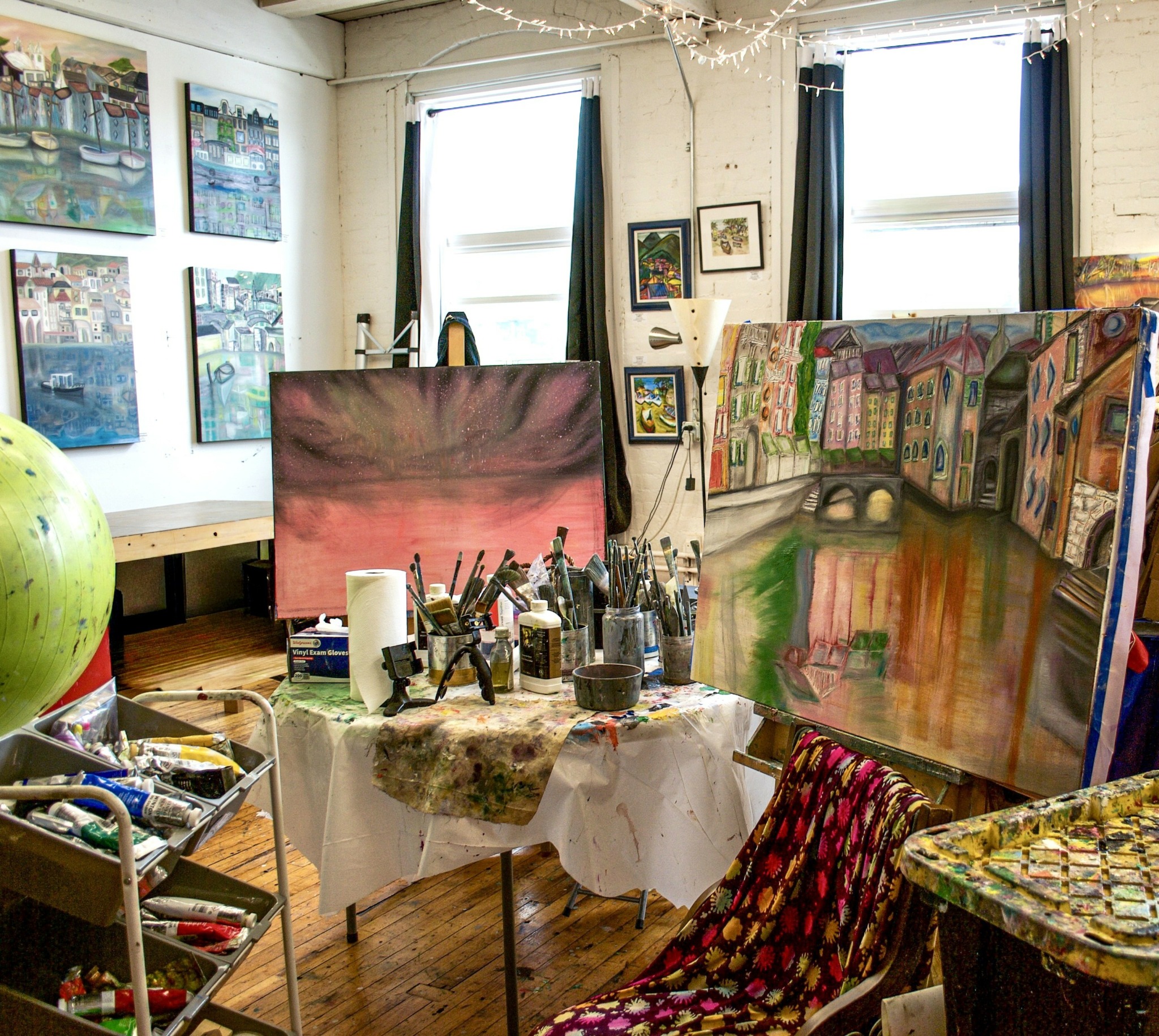
Is there mission driving your creative journey?
The mission that drives my creative journey is to transform solitude into something luminous — to show that quiet is not emptiness, but a place where memory, hope, and reflection live waiting to surface. I’ve always said: I don’t paint silence, I paint the quiet echoes. My work begins in that space, where reflections don’t just mirror an image — they show us the world as it is, and the way we feel inside it.
On the surface, I paint boats, buildings, and mirrored water. But underneath, what I’m really painting is resilience, presence, and emotional truth as landscape. Reflections, to me, are both witness and vision — they tell what is real and what is longed for. They remind us that beauty is not only in what we see, but also in what we hope for.
I don’t paint art to match your couch- I don’t paint to decorate a room; I paint to challenge it. I paint to disrupt the room. I want my work to stop someone in their tracks, to shift the way a space feels, the way silence feels. When a collector brings one of my works home, they’re not just hanging a canvas; they’re carrying a story of strength, a reminder that even in difficult passages, there is always light worth holding onto.
Ultimately, my mission is simple: to create work that connects people more deeply with themselves, and with each other. I hope that when someone stands before one of my paintings, they feel more seen, and more alive in the quiet.
Contact Info:
- Website: https://www.logankirkpatrickart.com/
- Instagram: @logankirkpatrickart
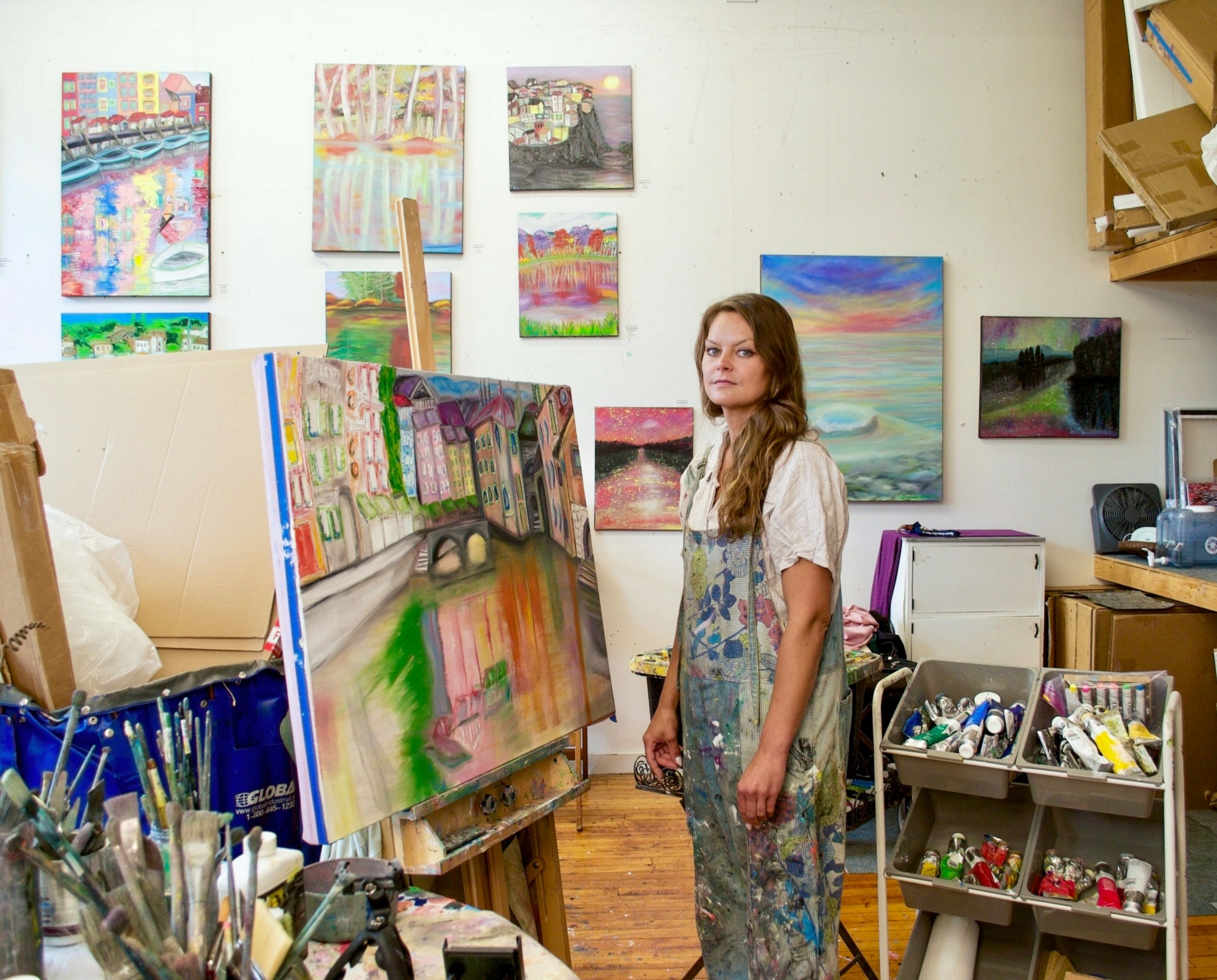

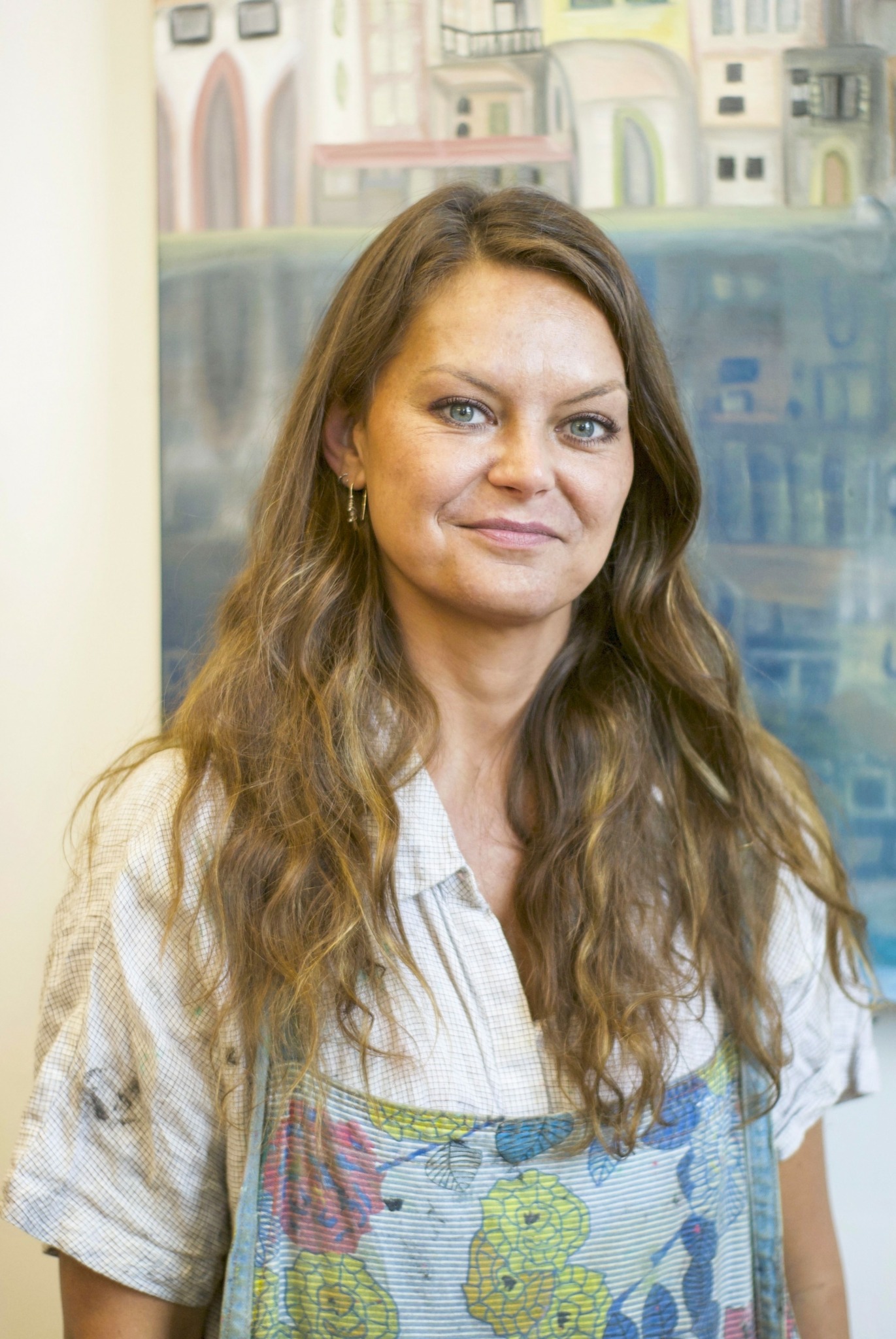

Image Credits
Kiah Crowley of Pioneer Valley Photography


